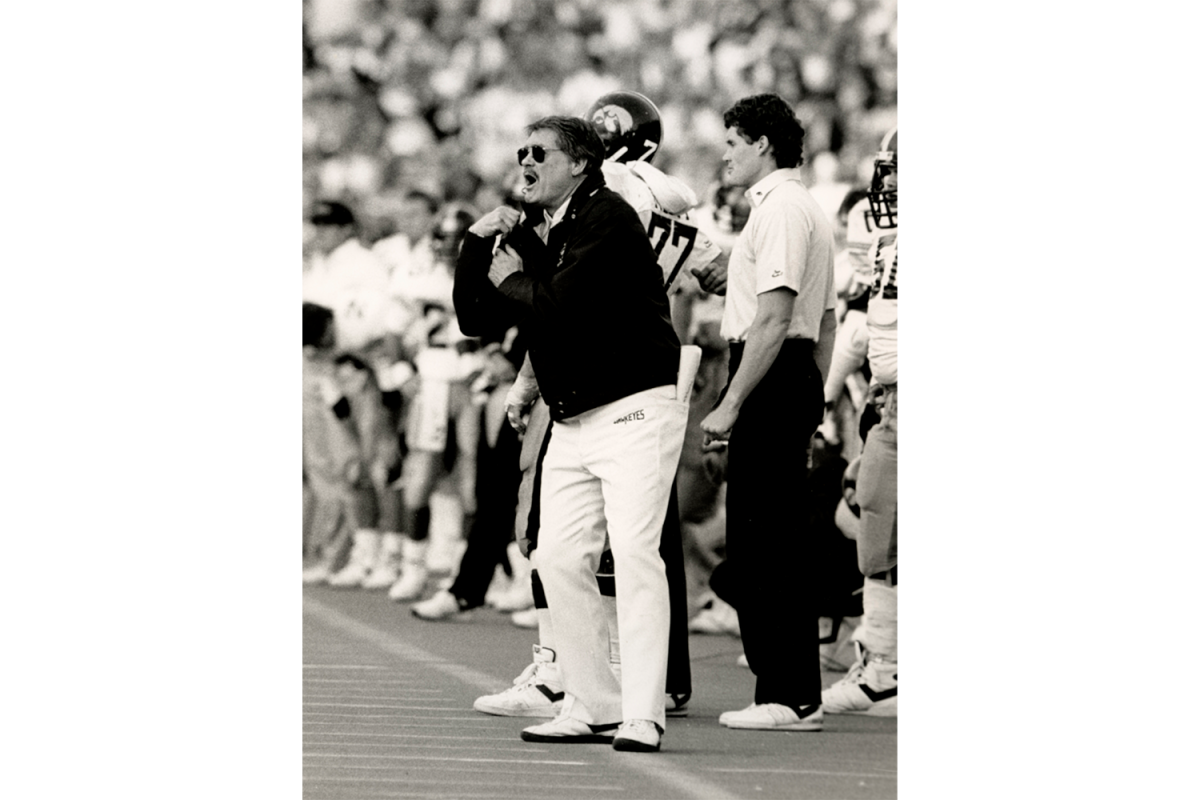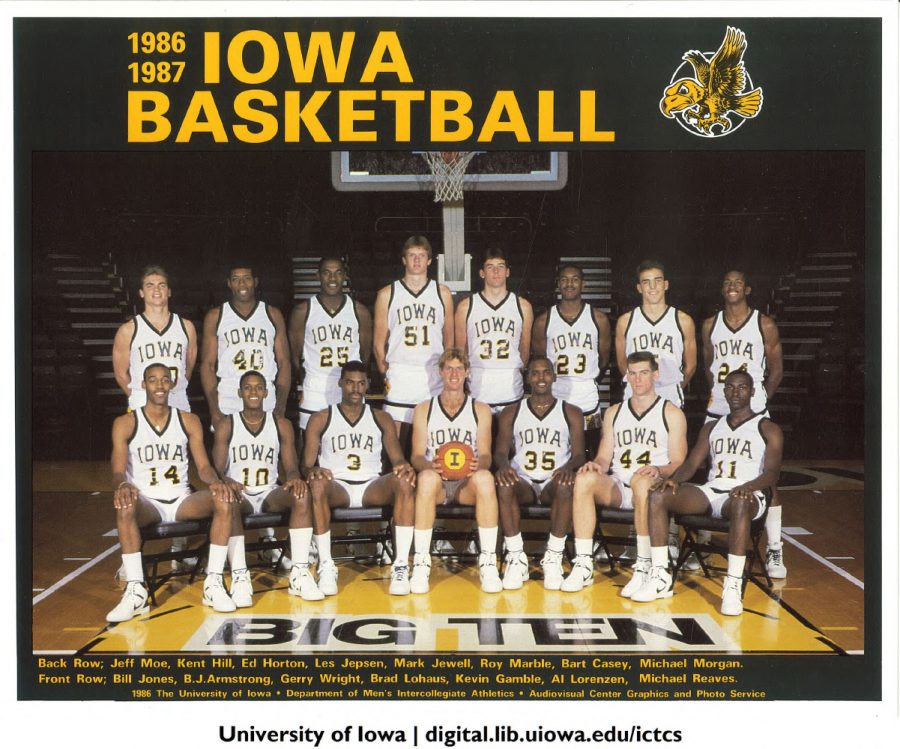Earlier this week, the Iowa Department of Transportation rejected the appeals of four Iowa cities to maintain use of several automated traffic-enforcement cameras. The cameras have been at the center of a lot of debate since their implementation.
Take Cedar Rapids, for example. The second-largest city in the state, Cedar Rapids is full of reasons to visit. However, drive carefully: Automated enforcement cameras (or as they’re more commonly known: traffic cameras) abound.
When driving through the city on the “Avenue of the Saints,” it’s hard to miss the giant signs on the side of the road that indicate the beginning of a “Photo Enforced” zone. Yet, rather frequently, people do miss the signs and continue through the zone several mph over the speed limit. Of course, these individuals are subsequently fined for their actions and probably don’t speed through the area again.
But to many, especially those that travel through the area regularly, the cameras are a tremendous thorn in their collective sides.
So when the Iowa DOT issued letters to four cities in the state informing them that their appeals to continue use of the automated enforcement cameras has been rejected, a sigh of relief rushed over the state.
But the debate over the cameras is a difficult one to address.
From a legal standpoint, the cameras are questionable at best. The Sixth amendment to the U.S. Constitution indicates that individuals have the right to face their accuser. When an accuser is an automated machine, this becomes rather difficult.
Moreover, the cameras do not cause widespread change in driving habits. Avoiding speeding tickets in the photo-enforced areas of various cities is as simple as setting cruise control for a few miles and returning to a speed above the speed limit once out of the zone.
But perhaps the most important argument against the cameras is that they simply don’t do much in certain areas. In his letter to the city of Des Moines, for example, DOT Director Paul Trombino III indicates that the appeal has been denied because “the data do not provide convincing evidence that this location is unsafe for motorists and law enforcement conducting routine police work.”
The truth of the matter is that even without supplementary explanation, Trombino’s point is more than enough to negate the use of cameras — which many view as additional and unjust revenue sources.
The debate, of course, is not one-sided. At first glance, the latest camera reports released by the Iowa DOT seem to show at least some decrease in the number of accidents in the photo-enforced areas. However, the changes appear minimal in many areas.
This is the biggest issue. Minimal difference — as opposed to no difference — means something when the discussion is about the lives and safety of Iowa citizens.
The Daily Iowan Editorial Board is not arguing that traffic-enforcement cameras are entirely ineffective. However, the Editorial Board agrees with the decision of the Iowa DOT to prevent the unnecessary use of the cameras as accessory forms of revenue.






